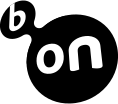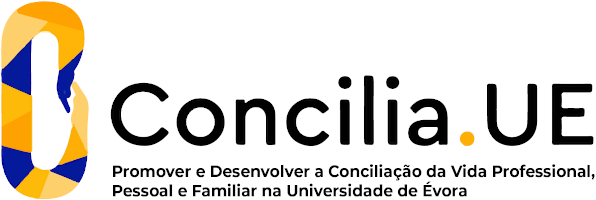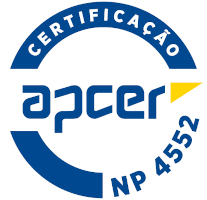2025
Fundamentals of Geodesy and Geomatics
Name: Fundamentals of Geodesy and Geomatics
Code: FIS12541M
6 ECTS
Duration: 15 weeks/156 hours
Scientific Area:
Physics
Teaching languages: Portuguese
Languages of tutoring support: Portuguese
Regime de Frequência: Presencial
Sustainable Development Goals
Learning Goals
The acquisition of basic and applied concepts in the areas of geodesy, geomatics and geoinformatics, with application in the fields of Geophysics and Earth Sciences. To apply terrestrial, aerial and space geodetic methods and techniques in real situations in the fields of geophysics and Earth sciences involving detection, registration, representation and storage of the position of objects or geometries of surfaces or navigation.
Contents
The course includes the study and practice of:
- Main coordinate systems and projections used in maps as well as their transformation;
- Survey of control points from terrestrial, aerial and space technologies for geophysical use.
- Connection between data obtained by space and ground / air techniques.
-Digitalization 3D from laser scanners devices. The basis of Laser technology. Technological fundamentals. Terrestrial 3Dl scanners. The basic components of 3D laser scanners.
- Digital photogrammetric systems. Principles and Components. Photogrammetric functions. Software. Automated generation of the digital terrain models and 3D structures. Orthophoto production.
-Products of multimedia cartography. Cartographic information systems and the Internet. Map formation on the Internet. Data storage and management. Cartographic databases. Interactive Internet maps. Possibilities and limitations of the Internet maps. Animation in cartography.
- Main coordinate systems and projections used in maps as well as their transformation;
- Survey of control points from terrestrial, aerial and space technologies for geophysical use.
- Connection between data obtained by space and ground / air techniques.
-Digitalization 3D from laser scanners devices. The basis of Laser technology. Technological fundamentals. Terrestrial 3Dl scanners. The basic components of 3D laser scanners.
- Digital photogrammetric systems. Principles and Components. Photogrammetric functions. Software. Automated generation of the digital terrain models and 3D structures. Orthophoto production.
-Products of multimedia cartography. Cartographic information systems and the Internet. Map formation on the Internet. Data storage and management. Cartographic databases. Interactive Internet maps. Possibilities and limitations of the Internet maps. Animation in cartography.
Teaching Methods
The sharing of knowledge and experiences will be promoted through the use of moodle, videoconferencing and in person during the contact weeks. Teaching is structured through sessions where the theoretical and applied components are integrated through the placement of problem cases. To solve them students are encouraged and driven to seek information about the subjects in specialty books and articles. The students will have also to develop individual projects that later present face whole class. Assessment tends to be continuous and involves two components: a) resolution of problems raised during classes and b) presentation of a seminar on the individual project. If the student is unable to prepare the project, it can be replaced by a final exam at the evaluation period.
The final classification is obtained by the average of the evaluations of the problems delivered (40%) and the project work or final exam (60%).
The final classification is obtained by the average of the evaluations of the problems delivered (40%) and the project work or final exam (60%).
Teaching Staff
- Bento António Fialho Caeiro Caldeira [responsible]





















